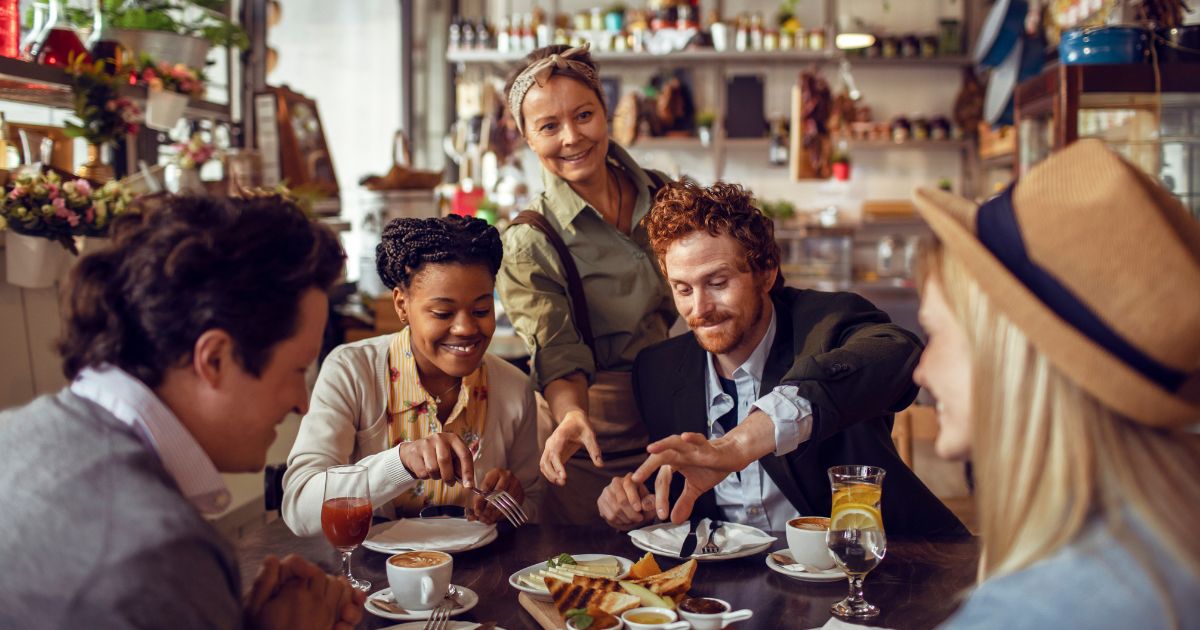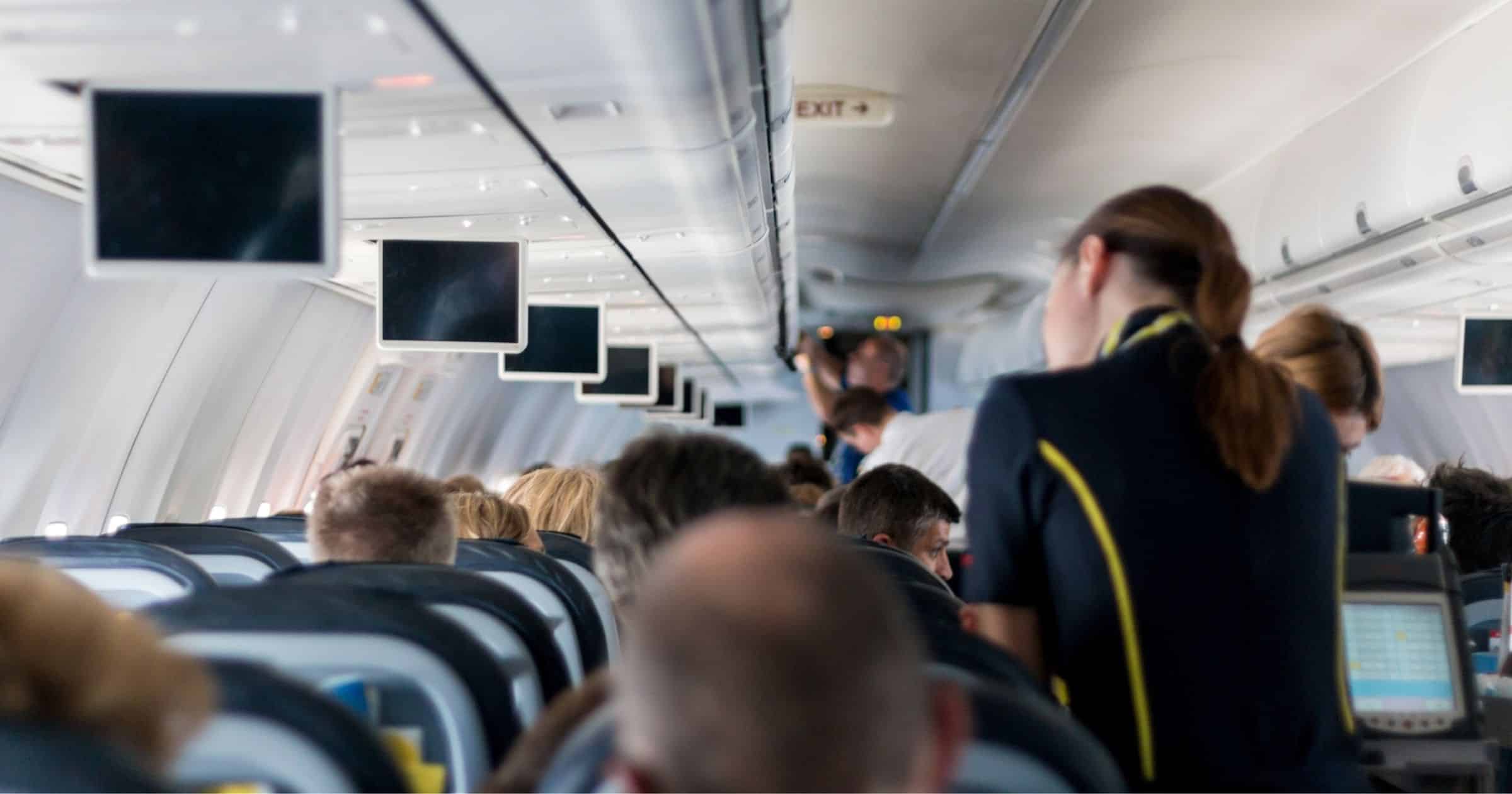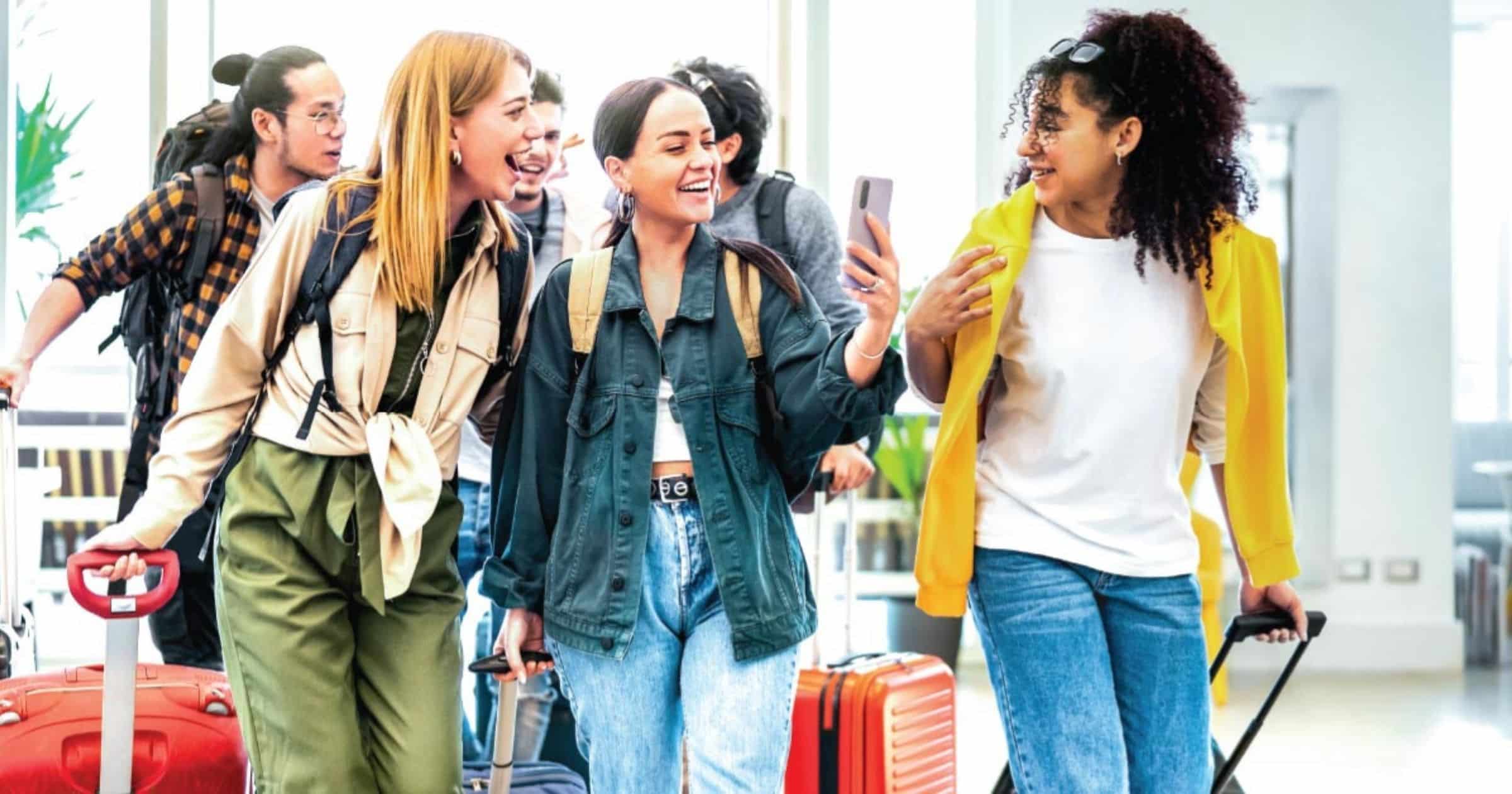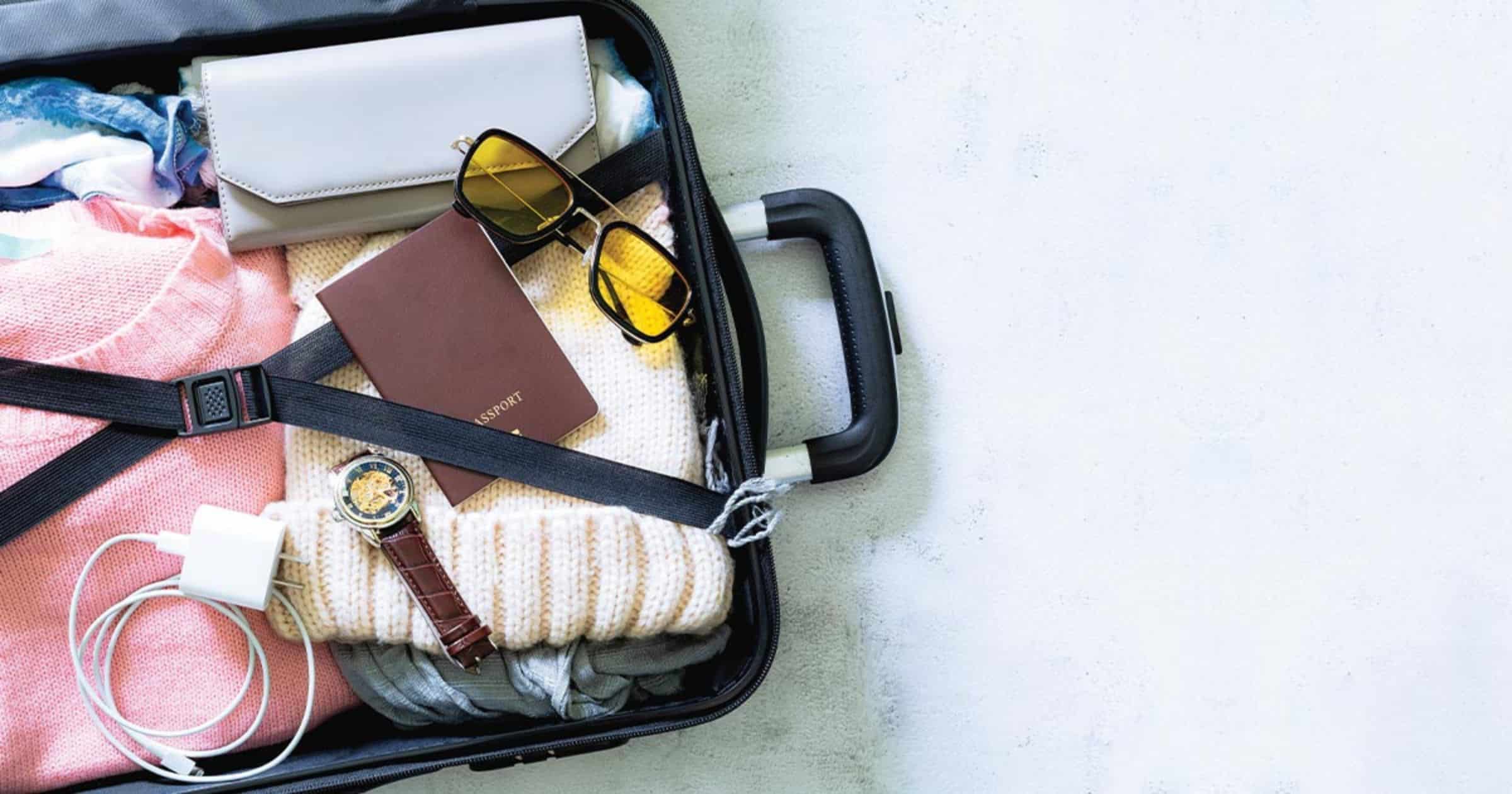Traveling far and wide opens the door to new experiences and cultures, but it also presents challenges, especially when it comes to food and drink safety.
Contaminated food or beverages can lead to travelers’ diarrhea and other diseases, potentially disrupting your journey. By adopting cautious eating and drinking habits, you can minimize you and your group’s risk of getting sick.
Here are essential guidelines to help you all stay healthy on your travels.
FOOD SAFETY TIPS
Hand Hygiene | Always wash your hands with soap and water before eating or preparing food. If these are not available, use an alcohol-based hand sanitizer with at least 60% alcohol.
Temperature Control | Avoid lukewarm food. Cold food should be served cold, and hot food should be served hot. Ensure hot food is steaming and cold food is chilled, especially when selecting from buffets or salad bars.
Dry and Packaged Foods | Foods that are dry, such as potato chips, are usually safe as most germs require a damp environment to grow. Factory-sealed containers, like canned tuna or packaged crackers, are generally safe if they have not been opened or handled by others.
Raw Foods | Avoid raw foods. Fruits and vegetables are safer if you can peel them yourself or wash them in bottled or disinfected water. | Stay away from pre-cut fruits and vegetables, fresh salads, raw salsas, and condiments as they might be contaminated. | Avoid raw meat or seafood, including items “cooked” with citrus juice, vinegar, or other acidic liquids, like ceviche.
Street Food | Be cautious with street food. Follow the same safety rules as with other foods, avoiding raw vegetables and ensuring food is cooked and served hot.
Bushmeat | Do not consume bushmeat (wild game not typically eaten in the U.S., such as bats, monkeys, or rodents) as it can spread diseases like Ebola.
DRINK SAFETY TIPS
Tap Water | Avoid drinking tap water in countries where it might be contaminated. Use bottled or disinfected water for drinking, brushing teeth, and avoid swallowing water when showering.
Ice | Do not use ice if you are in places with limited access to clean water, as it is likely made from tap water.
Bottled or Canned Drinks | Choose unopened, factory-sealed bottled or canned drinks. Be cautious as vendors may sometimes replace bottled water with untreated water. Carbonated drinks are typically safer because their bubbles indicate they were sealed at the factory.
Hot Drinks | Hot coffee or tea should be served steaming hot to ensure safety. Let it cool before drinking but avoid adding potentially contaminated items like cream or lemon.
Milk | Only drink pasteurized milk from sealed bottles. Avoid milk stored in open containers, such as pitchers, which may have been at room temperature.
WATER TREATMENT METHODS
Boiling | Boil water for at least one minute to ensure it is safe to drink.
Chemical Disinfectants | Use chlorine or iodine drops, tablets, or powders to disinfect water. These should be purchased from reliable sources. Follow the manufacturer’s instructions carefully.
Portable Filtration Devices | Use filters with a pore size of less than 0.5 microns. For added safety, combine filtration with boiling or chemical disinfection.
Ultraviolet (UV) Light | UV light devices can effectively disinfect small quantities of clear water. They are less effective with cloudy water due to particle shielding.
Bottled Water | Ensure bottled water is from a trusted source and that the seal has not been tampered with before drinking.
By following these food and drink safety tips, you can significantly reduce the risk of illness and enjoy a healthier, worry-free travel experience.
This article originally appeared in the September 2024 edition of Teach & Travel magazine.




